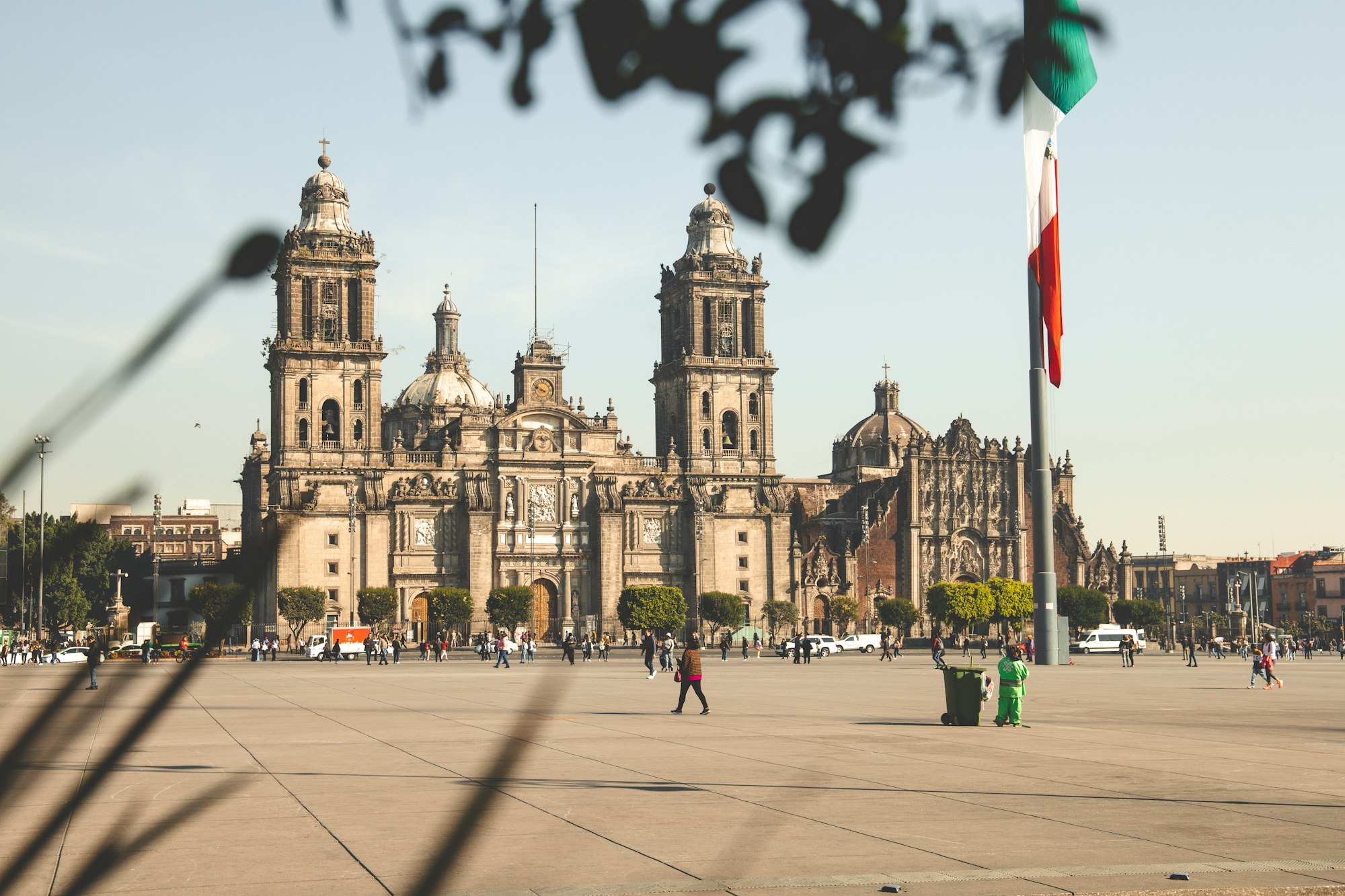Visit Safely Mexico City during COVID-19
In Mexico, tourism has resumed. The authorities in the tourist cities have found unique solutions so that the ordinary people, who lived from the incomes produced by tourists, do not have to suffer, after an already difficult year. Everyone follows the rules for protection against COVID-19 infection and you feel safe everywhere.
In this conditions, I recommend you to visit Mexico City, one of the largest and most cosmopolitan metropolises in the world, some say has 24 million inhabitants and is also the oldest urban centre in the Western Hemisphere, ever since it was called Tenochtitlan.
What can you find in Mexico City?
Lots of colour, good cheer, a lively atmosphere and beautiful central areas. The colonial buildings are wonderfully restored and the Latin spirit is everywhere on the streets. Everywhere on the streets, there are many young people, a hellish traffic, a continuous crowd. Mexico City is a combination between Rio de Janeiro and Buenos Aires, which has inspired countless artists over the centuries.
At the same time, Mexico City is the political, economic and cultural nucleus of Mexico, its rich history can be seen along the colourful streets, in the distinct neighbourhoods and imposing monuments. One such key monument of the city is the Metropolitan Cathedral located in Plaza de la Constitución.

Following the model of the towns in the Pueblos Magicos program, in Mexico City a project was started in which certain neighbourhoods in the city are listed on the "magico" list, the places that have something noteworthy and can attract tourists.
Fun fact - in Mexico City, although it is a seismic area and is located at an altitude of over 2000 meters, the infrastructure is very well developed, you can find skyscrapers, but also suspension bridges and highways, and major cities in Mexico, in general, are connected to highways with 2-3-4 lanes per direction.
What is interesting and always fascinates tourists, is the fact that on the place where Mexico City is now, there was a lake in the past. After the arrival of the Spaniards in Mexico, the lake was slowly rehabilitated, after a system of islands, bridges and canals was initially built by the Aztecs. Now that the lake no longer exists, here there are houses, lands and about 24 million inhabitants, this, after the population of the city in the 1940s was only 1 million inhabitants.
Xochimilco is a small town close to Mexico City where you can still see the old system of canals and engineering water gardens. Its name means "the place with flowers" and is one of the most colourful places in Mexico City, where you will find boats decorated with flowers, where especially young people come to spend their evenings singing and dancing and where mariachis get on tourist boats to delight them.

If you are a fan of museums, it's a must to visit the Museum of Anthropology and you will have a very interesting history lesson. Find out here about the Aztecs and Mayans, about the pre-Hispanic period in Mexico and Latin America, about Spanish colonialism, but also about the Mexicans' struggle for independence. The Aztec calendar is the most important piece of the museum, and other important pieces are the 24 ton sunstone, the statue of the Earth Goddess or the jade mask of the god Zapotec.
One interesting fact about civilizations is that one of the earliest and most fascinating civilization of this place was that of the Mayans, who lived in the Yucatan Peninsula, but also in the central and mountainous area.
The Mayans had a value system of numbers and used various calendars, including the 365-day solar calendar, and the 260-day ritual calendar. The two calendars were reunited to produce the 52-year cycle in which each day had a prophetic explanation. Each day was dominated by a few gods whose personalities influenced that day (much like with our Horoscope). Fascinated by mathematics, the ancient Mayans operated continuously with numbers, had a decimal calculation system and invented the concept of Zero.





